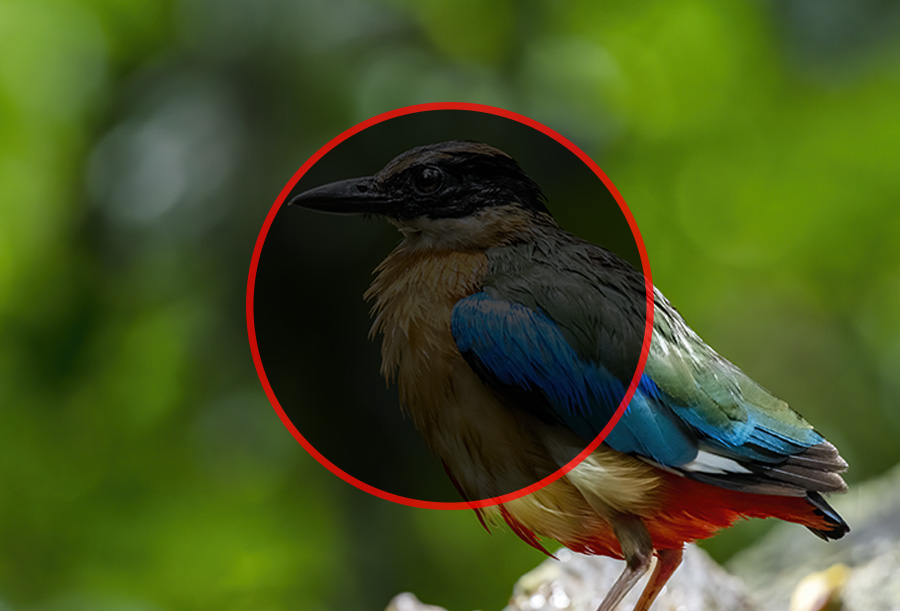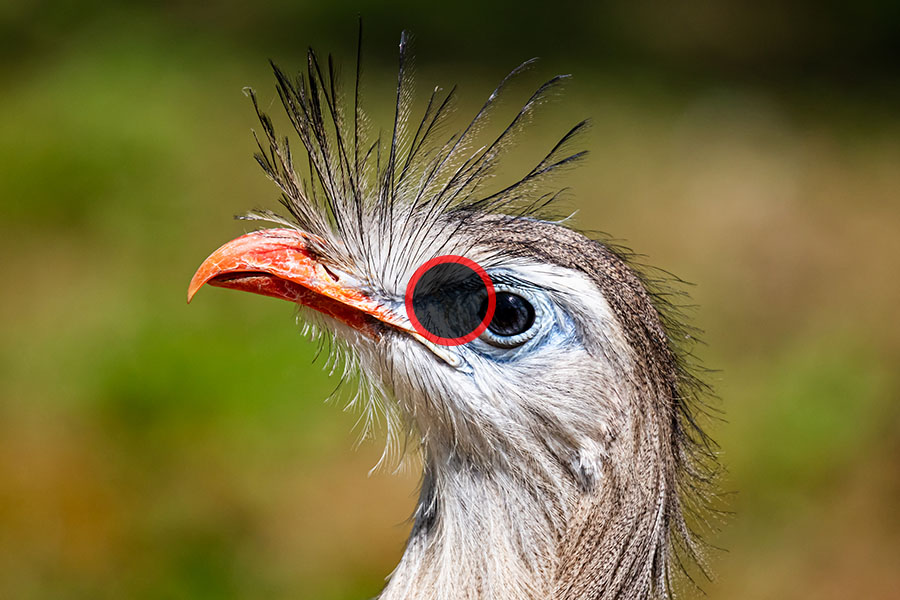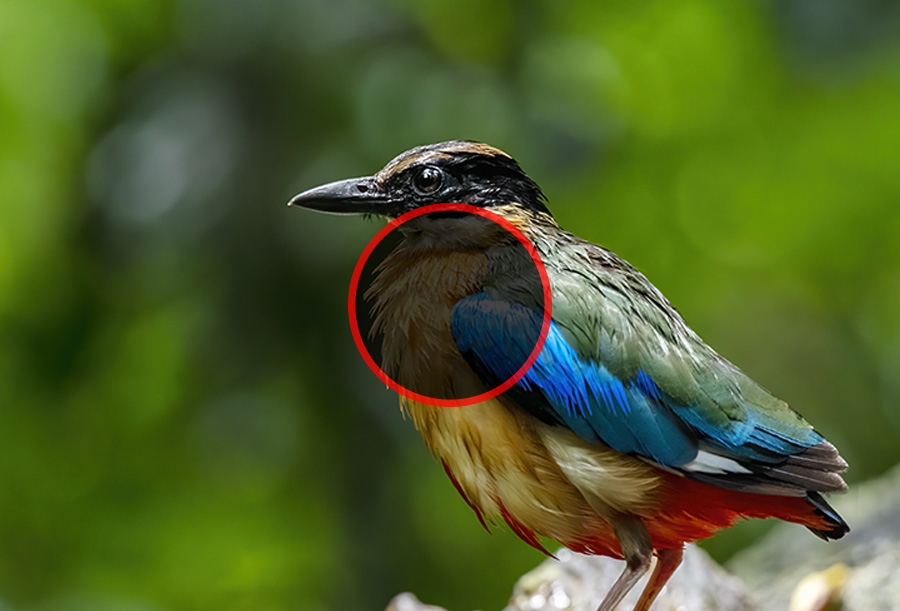In photography, achieving the perfect exposure is essential for capturing high-quality images. The metering mode on your camera is responsible for measuring light and determining the ideal exposure settings. This critical technique helps your camera balance highlights, shadows, and mid-tones to create well-exposed photos. Understanding various metering techniques can significantly improve your photography skills.
Table of contents
What is Metering Mode?
Metering, a fundamental concept in photography, refers to how your camera measures the light in a scene to determine the appropriate exposure settings. Achieving a well-exposed photograph requires balancing highlights, shadows, and mid-tones. By understanding and utilizing different metering modes, photographers can significantly improve their image quality and capture their creative vision more accurately.
In essence, metering helps your camera decide the optimal aperture, shutter speed, and ISO settings to create an accurately exposed image. A camera’s built-in light meter reads the luminance (brightness) levels within a frame and calculates the settings required to capture the scene correctly. However, it’s essential to note that different lighting conditions and subject placements may need photographers to choose specific metering modes or manually adjust exposure settings.
By becoming proficient in various metering modes and understanding when to use each, photographers can gain better control over their camera exposure and produce images that align with their artistic goals.

Types of Metering Modes
Several metering techniques are available for different shooting scenarios. Each mode gathers light data from a specific frame area and calculates the optimal exposure. Here are five common metering modes:
Evaluative/Matrix Metering
Evaluative (Canon) or Matrix (Nikon) metering is the default mode in most digital cameras. This technique divides the frame into multiple zones, measures light in each zone, and calculate the exposure based on an algorithm that considers subject position, color, distance, and backlighting. This mode is ideal for general photography, providing a well-balanced exposure in most situations.

Evaluative/Matrix metering mode uses a complex algorithm that considers various factors to calculate the optimal exposure. Modern cameras often include subject recognition and tracking features, making this mode even more reliable for shooting scenarios. However, it’s essential to remember that this mode may only be ideal for some situations, mainly when dealing with high-contrast scenes or subjects placed off-center.
Center-Weighted Metering
Center-weighted metering prioritizes the frame’s central area, with less emphasis on the edges. This method suits scenes with a primary subject in the middle or when you need to focus on a central point without worrying about the background.

Center-weighted metering is particularly suitable for portraits, as it prioritizes exposure for the subject’s face, which is typically positioned in the center of the frame. In such cases, consider using other metering modes like Spot or Partial metering.
Spot Metering
Spot metering measures light only in a small area (usually around 1-5% of the frame) at the center or on the selected focus point. This mode is beneficial for high-contrast scenes, backlit subjects, or when you need precise control over the exposure. Examples of suitable applications include wildlife, sports, and macro photography. However, using this mode requires a clear understanding of how it works, as it can lead to underexposed or overexposed images if not used correctly. When using Spot metering, ensure that your meter is off a mid-tone or neutral area (such as an 18% gray card) for correct exposure settings.

Partial Metering
Partial metering, available in some Canon cameras, measures light within a larger area (approximately 8-15% of the frame) than spot metering. This mode is helpful for high-contrast scenes or when you want to isolate a subject from the background. It is also centered on the focus point, allowing for better control over exposure in challenging lighting situations.

Partial metering is similar to Spot metering but covers a larger frame area. This mode is beneficial when Spot metering is too precise or when your subject is slightly larger than the area covered by Spot metering. Partial metering can also be helpful when photographing subjects with busy backgrounds, as it allows you to isolate the subject and ensure proper exposure without being influenced by the surroundings.
Highlight-Weighted Metering
Highlight-weighted metering, available in some Nikon cameras, prioritizes preserving details in the brightest parts of the scene. This mode is helpful for situations with solid highlights, such as stage performances or night cityscapes. It reduces the risk of overexposing the highlights while maintaining detail in darker areas.

Highlight-weighted metering is designed to preserve details in bright areas of the scene, making it suitable for situations where highlights are essential. This metering mode can be beneficial for videographers, as overexposed highlights can be challenging to recover in video footage. Keep in mind that this mode may result in underexposed mid-tones and shadows. You may need to adjust exposure compensation or edit the image post-processing to reveal details in darker areas.
Discover More:
Choosing the Right Metering Mode Technique
Selecting the appropriate metering mode depends on the subject, lighting conditions, and your creative vision. Consider the following guidelines when choosing:
- Use Evaluative/Matrix metering for general photography, as it works well in most situations.
- Consider Center-weighted metering for portraits or subjects in the center of the frame.
- For high-contrast scenes or precise exposure control, use Spot or Partial metering.
- To preserve details in bright areas, choose Highlight-weighted metering.
Remember to experiment with different modes and review your photos to learn which method works best for your style of photography.

Metering Mode and Exposure Compensation
Your camera may only sometimes produce the ideal exposure, even with the suitable metering mode. In such cases, exposure compensation comes in handy. This feature allows you to adjust the exposure manually in increments of stops (e.g., +1, +2, -1, -2). Use your camera’s histogram or live view to assess the exposure and adjust accordingly.
For example, spot metering increases exposure compensation by one or two stops if your image is too dark. Conversely, decrease the exposure compensation if your photo is overexposed using center-weighted metering.

Tips for Mastering Metering Modes
- Practice: Experiment with different metering modes in various lighting conditions to learn their strengths and limitations.
- Use the histogram: Analyze your images’ histograms to ensure you have captured the desired tonal range.
- Bracket exposures: In challenging lighting situations, take multiple shots at different exposure settings (exposure bracketing) to increase your chances of capturing the perfect exposure.
- Understand your camera: Familiarize yourself with your camera’s metering modes and how to switch between them quickly.
- Know when to override: Recognize when the camera’s metering system might be misled by the scene and use exposure compensation or switch metering modes accordingly.
FAQs
Use spot metering when you need precise control over exposure, especially in high-contrast scenes, backlit subjects, or situations where the main subject occupies a small frame area.
Check your camera’s histogram or live view to assess the exposure. A well-exposed image will have a histogram with a balanced distribution of tones across the graph, without clipped highlights or shadows.
Evaluative/Matrix metering is often the best choice for landscape photography, as it considers the entire scene and provides a balanced exposure. However, depending on the lighting conditions and your creative vision, you may need to use other modes, like Spot or Center-weighted metering.
Metering mode does not directly affect image quality but plays a crucial role in determining the optimal exposure settings. A well-exposed photo will have better overall image quality, with preserved details in highlights, shadows, and mid-tones.


